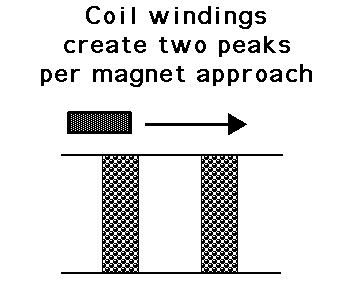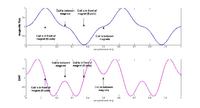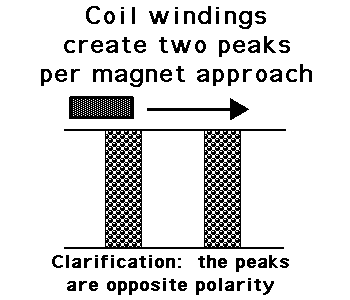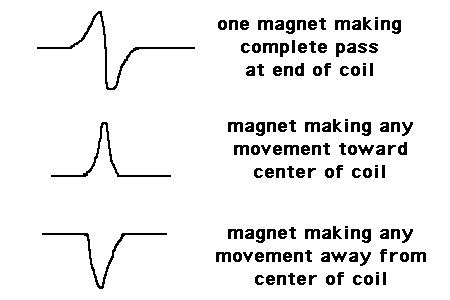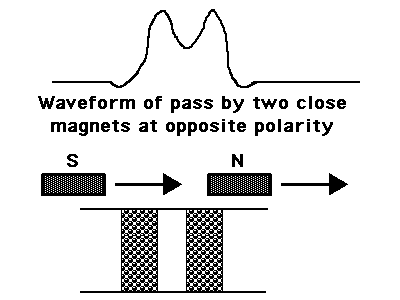hshah8970
Full Member level 2
Hello everyone.
I'm inducing voltage into a coil using 4 magnets that are arranged circularly with alternating poles. You can see from the diagram that when the magnets are moved, EMF is induced into the coil.
I was expecting to see a sine wave produced in the coil but the waveform shown is quite different. Can somebody please offer an explanation?
Humza.
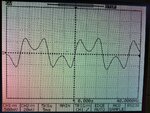
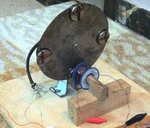
I'm inducing voltage into a coil using 4 magnets that are arranged circularly with alternating poles. You can see from the diagram that when the magnets are moved, EMF is induced into the coil.
I was expecting to see a sine wave produced in the coil but the waveform shown is quite different. Can somebody please offer an explanation?
Humza.



